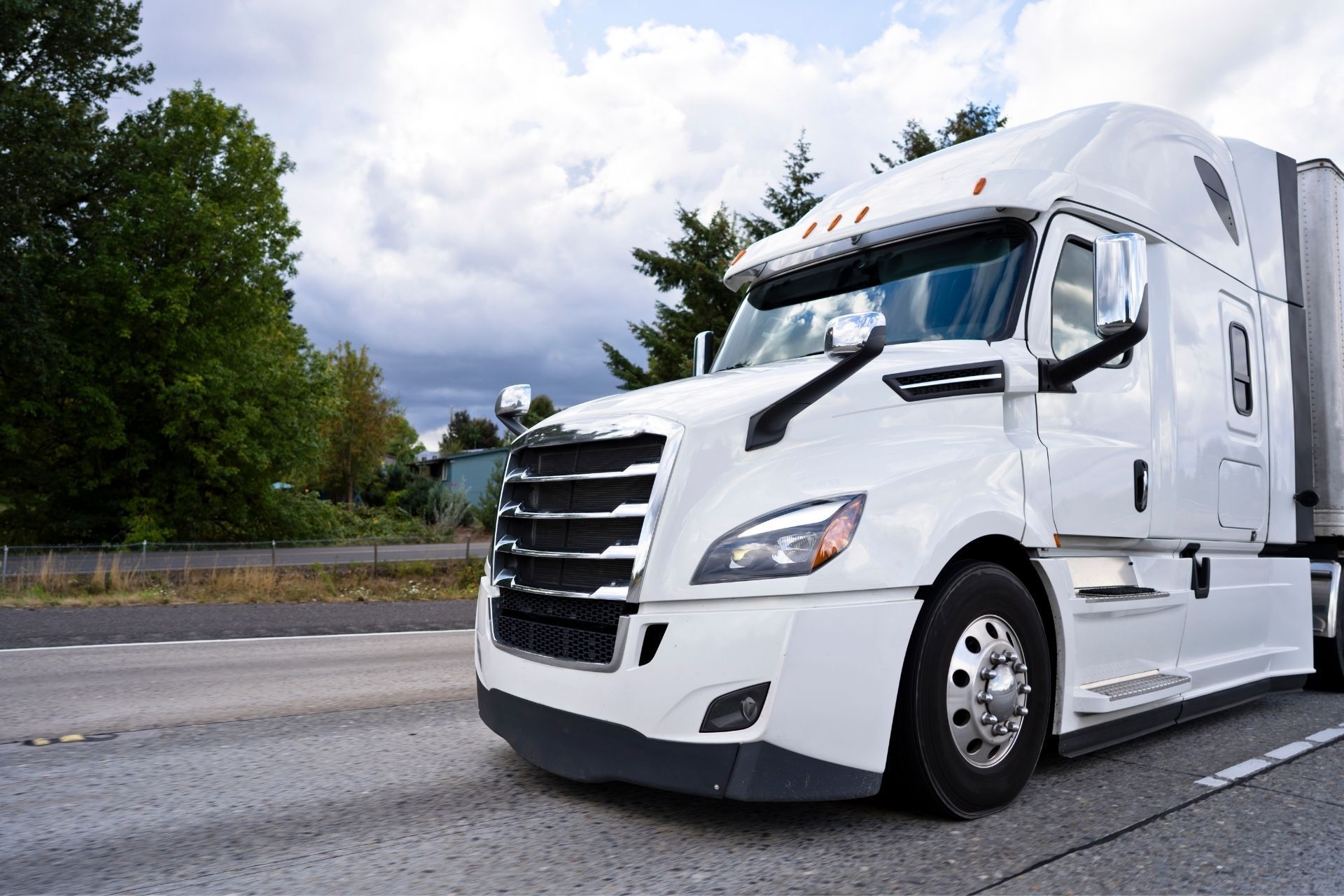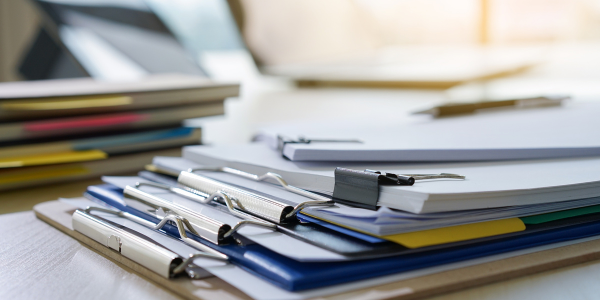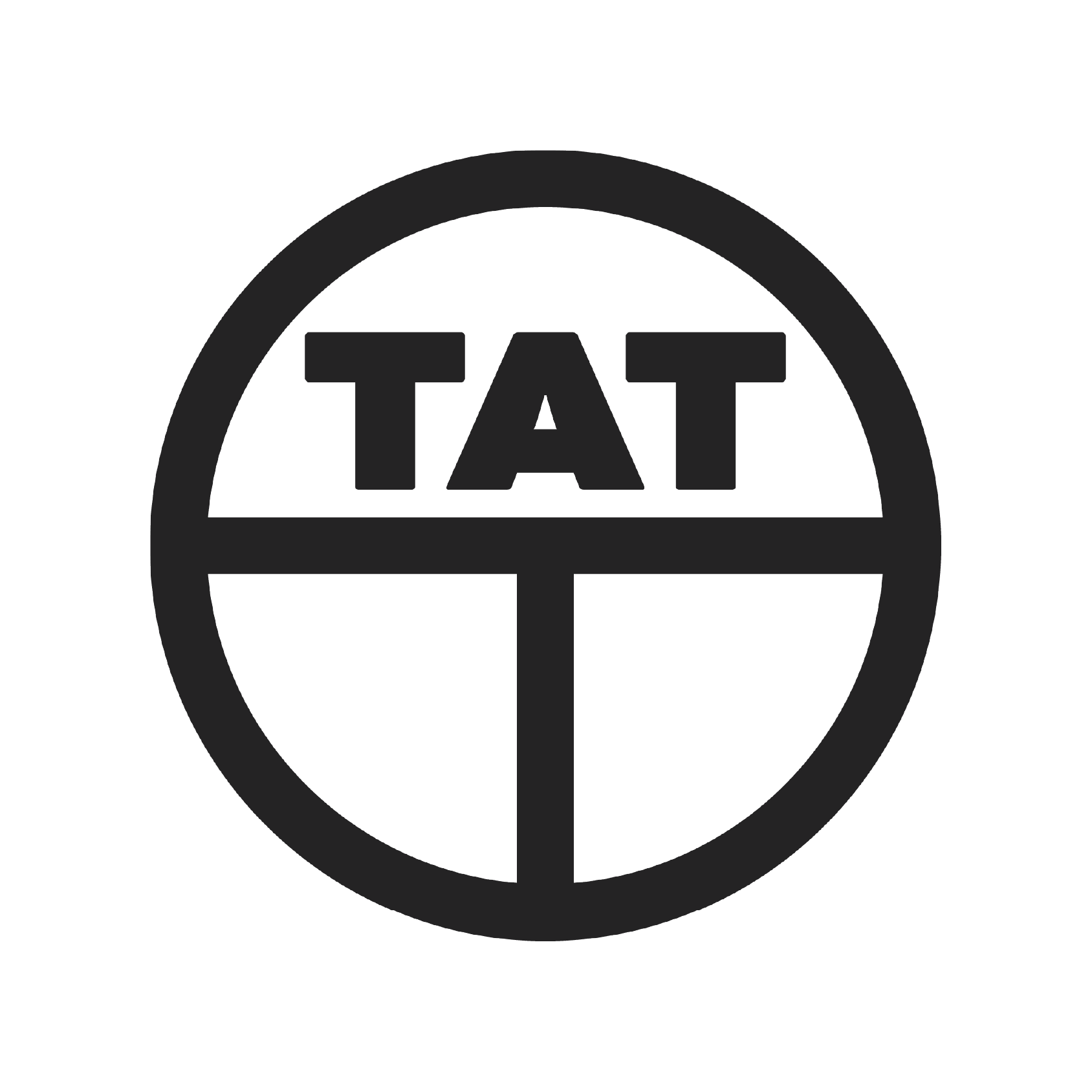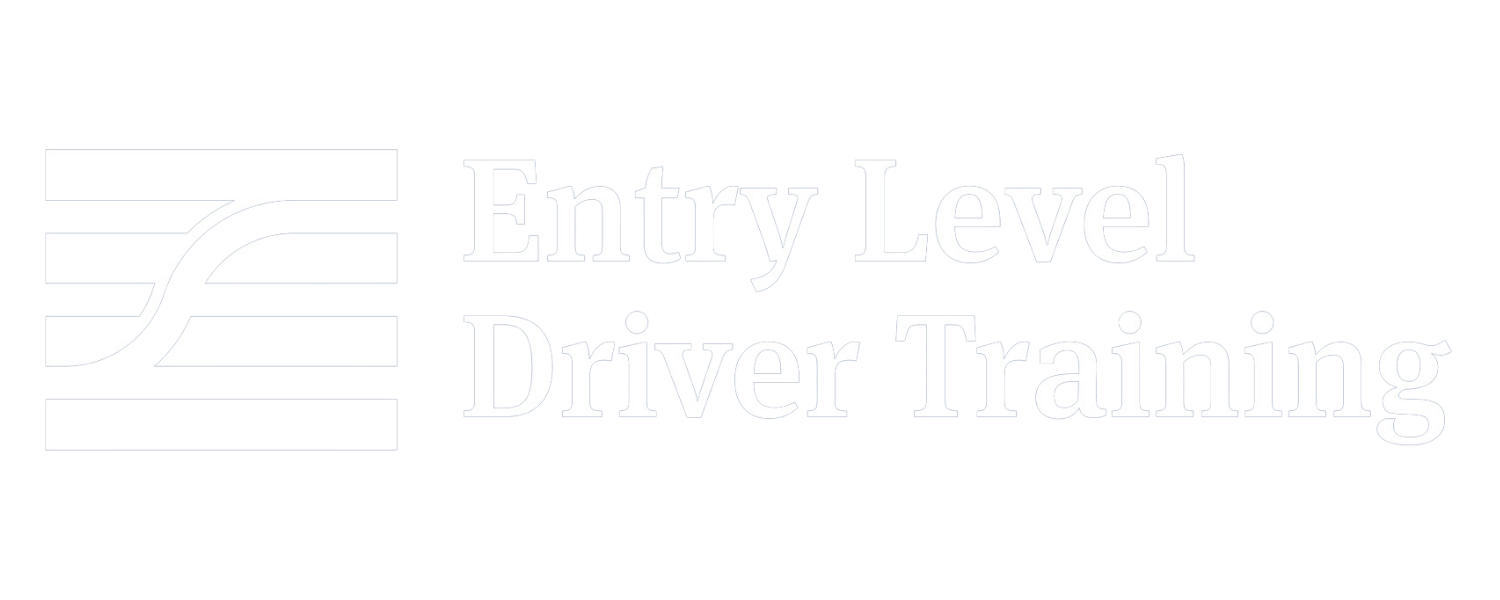Entry-Level Driver Training Requirements
This article will do its best to break down and simplify training requirements and steps needed to obtain a CDL under the new ELDT standards.
A little history about Entry-Level Driver Training (ELDT) to start us off
On July 6, 2012, President Obama signed into law a new two year transportation
reauthorization bill, the
Moving Ahead for Progress in the 21st Century Act ("MAP-
21"; P.L. 112-141). This new law includes many important provisions intended to
help the Federal Motor Carrier Safety Administration (FMCSA) in its important
mission to reduce crashes, injuries and fatalities involving large trucks and buses.
Many of the provisions in MAP-21 track the Agency's strategic framework to improve
commercial motor vehicle (CMV) safety by supporting its three core principles
- Raise the bar to enter the industry and operate on our roads.
- Hold motor carriers and drivers to the highest safety standards to continue operations; and
- Remove the highest risk drivers, vehicles, and carriers from our roads and prevent them from operating

Final Ruling
The final ruling was published on 12/8/2016 (Final Ruling)
The ruling was supposed to be implemented 2/7/2020 but was later pushed out to 2/7/2022. Since this article will have a lot of acronyms we will create a quick reference for your reading to help keep it simple
CLP = Commercial Learner's Permit
CDL = Commercial Drivers License
ELDT = Entry Level Driver Training
FMCSA = Federal Motor Carrier Association
TPR = Training Provider Registry
BTW = Behind the wheel training
P = Passenger S = School Bus
H = Hazardous Material
E = No manual transmission
DOL = Department of License
DMV = Department of Motor Vehicle
What Does ELDT Mean For You?
The final ruling created new training standards for individuals trying to obtain a CDL for the first time. It also applies to anyone wanting to upgrade from a class B to A, hazardous materials, passenger, and school bus for the first time.
If you want to get a CDL after 2-07-2022, you will want to make sure the training provider you would like to attend is listed on the FMCSA ELDT Registry. The FMCSA Registry can be located on the FMCSA website. Currently, the list is not available until later this year.
Important note: If you obtain your permit before 2-07-2022, you are not subject to ELDT standards. But if you don't obtain your CDL before the CLP expires and you have to renew your CLP, you will be then required to meet all the ELDT standards and be trained by a training provider. CLPs are good for six months from the date it's issued, so make sure you know your expiration date.
Steps to getting a CDL after 2-07-2022
Step 1 - Locate your local DOL/DMV and ask them if your state will be using the EDLT new standards or if your state requires a higher standard of CDL training. The State Education Board also governs CDL training in some states. Knowing your state's requirements help make sure the training provider you choose also meets those standards.
Step 2 – Finding the right training provider for you. A good place to start is to ask your place of employment if they are registered with the FMCSA TPR. Some businesses do in-house training. If your employer isn't registered or you don't have an employer google your local area for a training provider that fits what you're looking for. Ensure they are listed on the TPR and meet all local and state training requirements. Most states will have a list of approved CDL training providers.
Step 3 - You’ve picked a school, or your employer can help! Time to get your CLP. You can pick up your state CDL Drivers guide at any local DOL or DMV for study
material.
Step 4 - So now you have your CLP (permit) Time to start your training
The CDL Class A, B, and endorsements are divided into three sections of learning: theory (Knowledge), behind-the-wheel (Public roads), and range (Backing).
To complete a Certified course, the training provider must provide instruction in all three areas. The training provider must also keep a record of all assessments given in either written or electronic form. The CLP holder must score at least an 80% on assessments to pass the course. Scores must be kept on file (Hard Copy or Electronic) for auditing.
The behind the wheel training for Class A/B CDL or Passenger or School buys endorsement is comprised of range and public road training. All maneuvers must be performed proficiently and demonstrated to the satisfaction of the training provider.
The FMCSA ruling does not mandate the minimum number of hours that a driver-trainee must spend on the behind-the-wheel training of Class A, Class B, passenger, or school buses. If your state training requirements exceed those of FMCSA ELDT, you are still required to meet all local and state requirements.
For a trainee behind the wheel, Instructors must cover all required topics, determine, and document that each driver-trainee has demonstrated proficiency in all elements
of the BTW curriculum.
Once all training requirements are met, the trainee's information is then submitted to their local state agencies and the FMCSA TPR Portal. Trainees are now allowed to schedule their CDL exam with a state or third-party tester.










